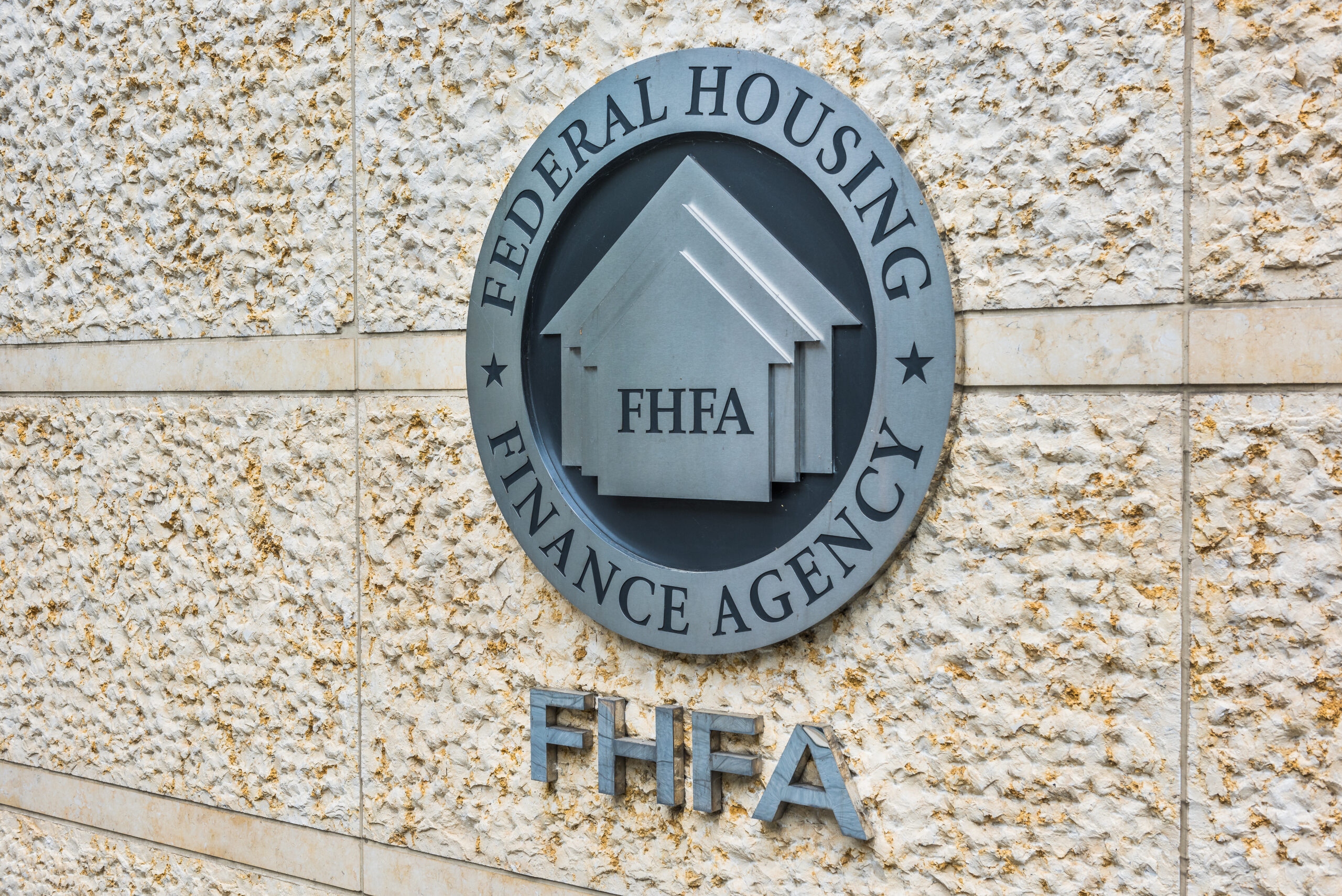FHA Announced New Single Family Loan Limits For 2021

WASHINGTON, D.C. – On Wednesday, December 2, 2020, The Federal Housing Administration (FHA) announced the agency’s new schedule of loan limits for calendar year 2021 for its Single Family Title II forward and Home Equity Conversion (reverse) Mortgage insurance programs. Loan limits for most of the country will increase in the coming year resulting from robust house price appreciation, which is factored into the statutorily mandated calculations FHA uses as part of its methodology for determining the limits each year. The new loan limits are effective for FHA case numbers assigned on or after January 1, 2021.
- Read FHA’s Mortgagee Letter on 2021 Forward Mortgage Limits.
- Read FHA’s Mortgagee Letter on 2021 Home Equity Conversion Mortgage (HECM) Limits.
FHA is required by the National Housing Act, as amended by the Housing and Economic Recovery Act of 2008 (HERA), to set Single Family forward loan limits at 115 percent of area median house prices, subject to a floor and a ceiling on the limits. FHA calculates forward mortgage limits by Metropolitan Statistical Area and county.
“FHA has seen consistent increases in loan limits during the past few years, putting it in a position to serve a segment of borrowers that may be better-served by the conventional market. FHA’s mission is to support low-to-moderate income borrowers, so why does the law permit FHA to insure mortgages up to $822,375? This is a question for Congress and the taxpayers who stand behind FHA to answer,” said Assistant Secretary for Housing and Federal Housing Commissioner Dana Wade.
In high-cost areas of the country, FHA’s loan limit ceiling will increase to $822,375 from $765,600. FHA will also increase its floor to $356,362 from $331,760. Additionally, the FHA-insured Home Equity Conversion Mortgage (HECM) maximum claim amount (HECM limits) for reverse mortgages will increase to $822,375 from $765,600. FHA’s current HECM regulations do not allow the HECM limit to vary by MSA or county; instead, the single HECM limit applies to all HECMs regardless of where the property is located.
In its November 13, 2020 Annual Report to Congress covering the financial status of FHA’s Mutual Mortgage Insurance Fund for fiscal year 2020, FHA provides recommendations for addressing the risks and flaws in current FHA loan limit calculations. Due to the statutory nature of these provisions, HUD cannot fully address the concerns without Congressional action.
Due to robust increases in median housing prices and required changes to FHA’s floor and ceiling limits, which are tied to the Federal Housing Finance Agency (FHFA)’s increase in the conventional mortgage loan limit for 2021, the maximum loan limits for FHA forward mortgages will rise in 3,108 counties. In 125 counties, FHA’s loan limits will remain unchanged. By statute, the median home price for a Metropolitan Statistical Area (MSA) is based on the county within the MSA having the highest median price. It has been HUD’s long-standing practice to utilize the highest median price point for any year since the enactment of the Housing and Economic Recovery Act (HERA).
The National Housing Act, as amended by HERA, requires FHA to establish its floor and ceiling loan limits based on the loan limit set by FHFA for conventional mortgages owned or guaranteed by Fannie Mae and Freddie Mac. The national conforming loan limit for 2021 is $548,250. FHA’s 2021 minimum national loan limit “floor” of $356,362 is set at 65 percent of the national conforming loan limit. This “floor” applies to those areas where 115 percent of the median home price is less than the “floor” limit.
Any area where the loan limit exceeds this “floor” is considered a high-cost area, and HERA requires FHA to set its maximum loan limit “ceiling” for high-cost areas at $356,362, which is 150 percent of the national conforming loan limit.
To find a complete list of FHA loan limits, areas at the FHA ceiling, areas between the floor and the ceiling, as well as a list of areas with loan limit increases, visit FHA’s Loan Limits Page.
HUD’s mission is to create strong, sustainable, inclusive communities and quality affordable homes for all. More information about HUD and its programs is available at www.hud.gov and https://espanol.hud.gov. For information about Opportunity Zones visit: https://opportunityzones.hud.gov You can also connect with HUD on social media and follow Secretary Carson on Twitter and Facebook or sign up for news alerts on HUD’s Email List. HUD COVID-19 Resources and Fact Sheets



Comments are closed.